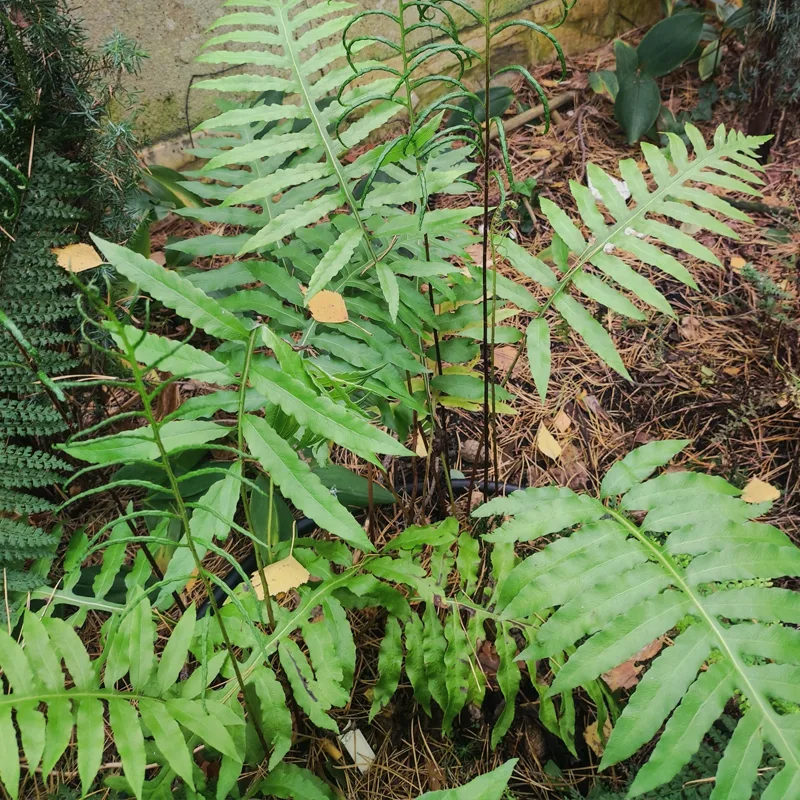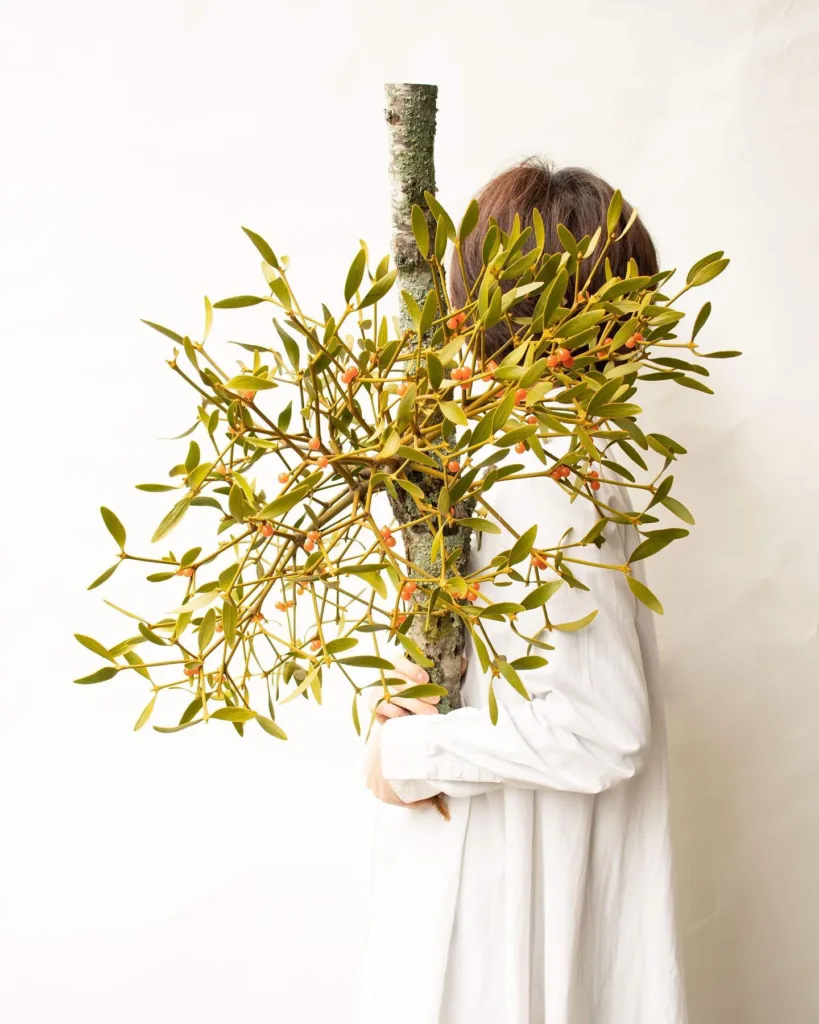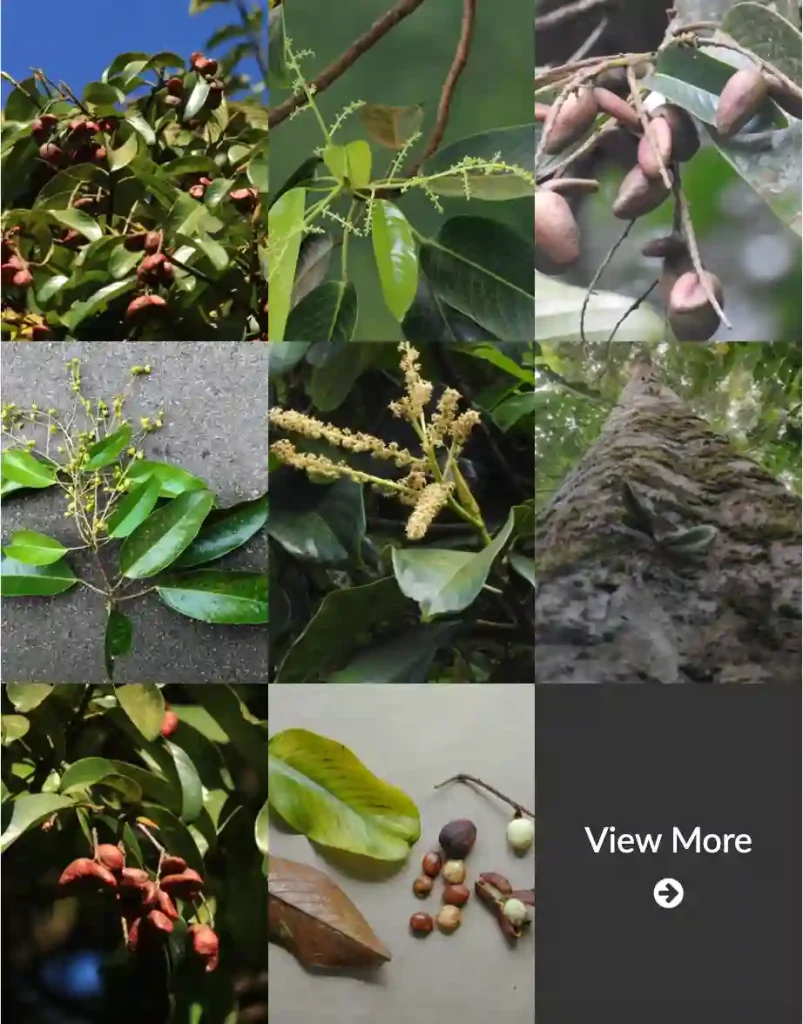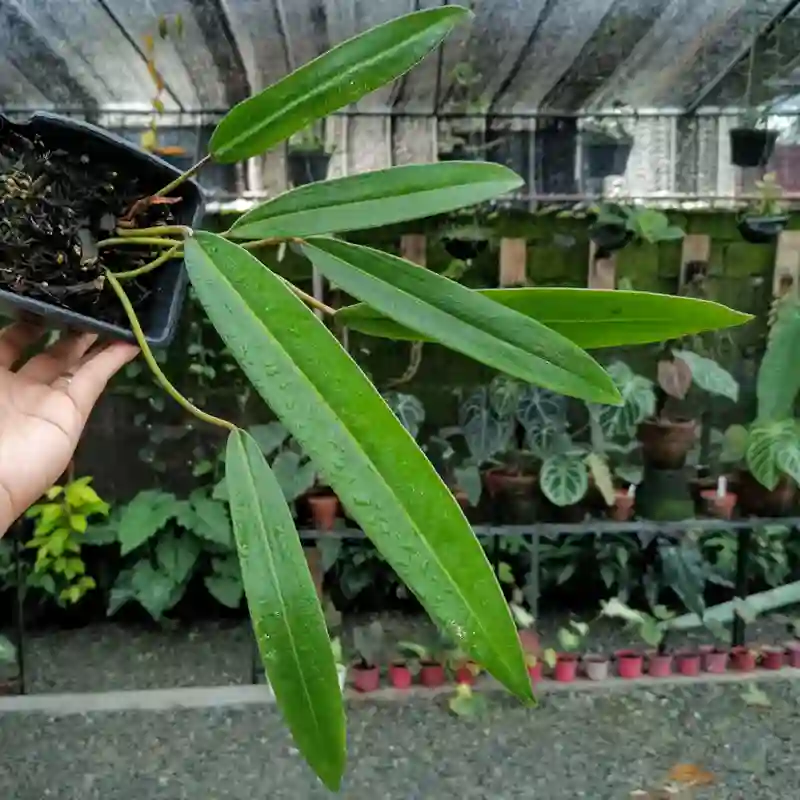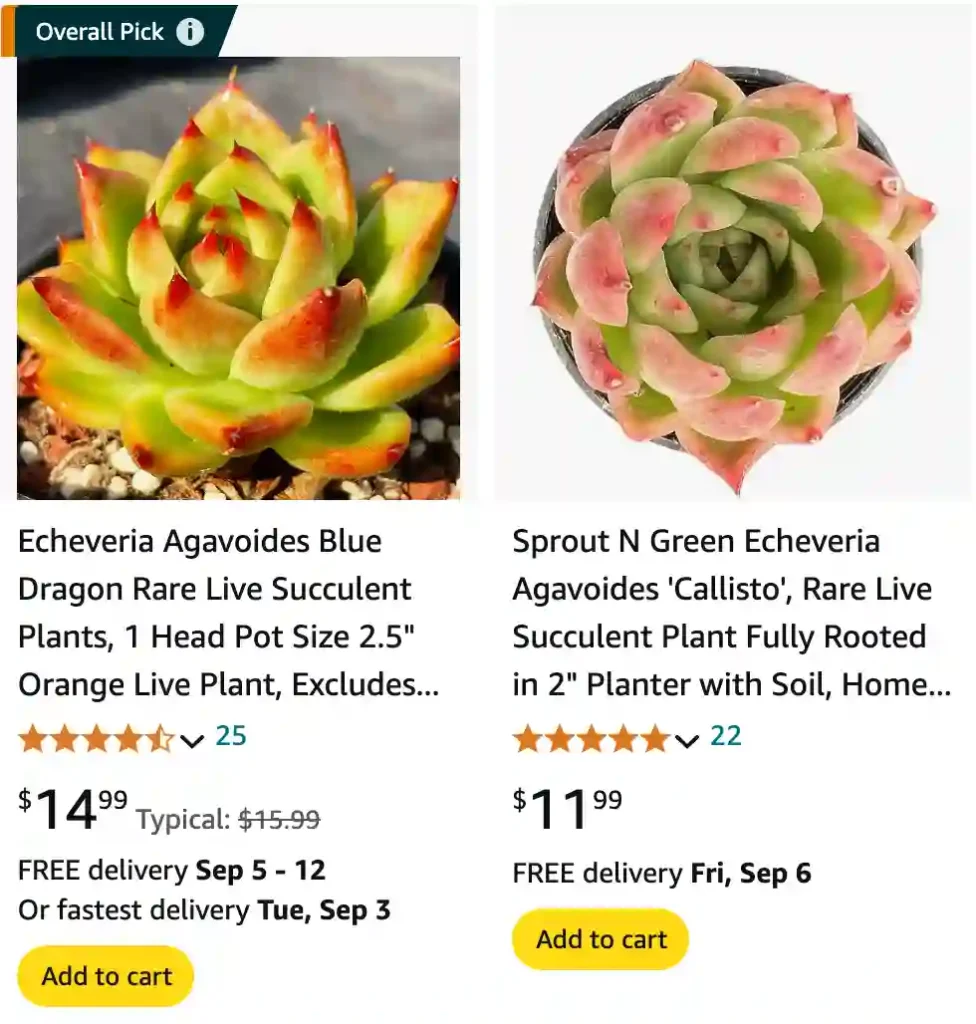
What is Echeveria Agavoides?
Echeveria Agavoides is a striking succulent known for its rosette shape and waxy, green leaves that often take on red or pink edges. It’s part of the Crassulaceae family and is native to Mexico. I’ve had a few of these beauties in my collection, and they never fail to impress with their unique, architectural form.
202 Species in Genus Echeveria
How to Care for Echeveria Agavoides?
Caring for Echeveria Agavoides is relatively straightforward, but there are a few key aspects to keep in mind. First, these succulents thrive in bright, indirect light. Direct sunlight can scorch their leaves, so a spot with filtered light or morning sun works best.
Watering is another crucial aspect. Echeveria Agavoides prefers to dry out completely between waterings. I usually water mine every 1-2 weeks, depending on the season and how much light they get. In winter, reduce watering frequency as the plant’s growth slows down. Overwatering can lead to root rot, which is something I’ve learned the hard way.
Does Echeveria Agavoides Grow in Shade?
Echeveria Agavoides isn’t ideal for shady locations. While it can tolerate some shade, it thrives in bright, indirect light. If you place it in too much shade, you might notice it becoming leggy and less vibrant. I’ve found that a spot where it gets morning sun or filtered light through a sheer curtain is perfect for keeping it healthy and colorful.
How Often to Water Echeveria Agavoides?
Watering Echeveria Agavoides requires a bit of attention. Generally, you should let the soil dry out completely between waterings. In the warmer months, I water mine about once a week. During the cooler months, I reduce this to every 2-3 weeks. Always check the soil before watering—if it’s still moist, wait a bit longer.
How to Propagate Echeveria Agavoides?
Propagating Echeveria Agavoides is quite rewarding and can be done in a few different ways. The most common method is leaf propagation. Gently twist a healthy leaf from the base of the rosette and let it callus over for a few days. Once it’s callused, place it on top of well-draining soil. Keep it in bright, indirect light and lightly mist the soil to encourage root development.
Another method is by using offsets or pups that grow around the base of the plant. Simply separate these from the main plant, let them callus over, and plant them in their own pot with succulent soil.
How to Tell if Echeveria Agavoides is Dying?
If your Echeveria Agavoides is in distress, a few signs can indicate it’s not doing well. Yellowing or mushy leaves often point to overwatering or root rot. Conversely, if the leaves are dry and crispy, it might be a sign of underwatering or too much sun. I always check the soil moisture and adjust my care routine accordingly.
Is Echeveria Agavoides Poisonous to Cats?
Echeveria Agavoides is not considered highly toxic to cats, but it can cause mild gastrointestinal upset if ingested. I’ve had a few curious cats nibble on my succulents, and while they didn’t seem severely affected, it’s always best to keep plants out of reach of pets to avoid any potential issues.
Why Does Echeveria Agavoides Get Mealybug?
Mealybugs are a common pest problem for Echeveria Agavoides, and they tend to thrive in warm, dry conditions. I’ve had them before and found that they like to hide in the crevices of the leaves. To tackle mealybugs, I use a cotton swab dipped in rubbing alcohol to gently remove them. Regularly inspecting your plant and maintaining good air circulation can also help prevent these pests.
Why Does Echeveria Agavoides Turn Red at the Tips?
The red tips on Echeveria Agavoides are often a natural response to bright light or changes in temperature. When exposed to more sunlight, especially during the cooler months, the plant can develop these vibrant red edges as a way to protect itself from excess light. It’s a lovely feature that adds to its beauty and is a sign that your plant is getting the right amount of light.
What to Plant With Echeveria Agavoides?
If you’re looking to create a succulent garden or arrangement, Echeveria Agavoides pairs beautifully with other succulents like Sedum, Crassula, and Haworthia. They all have similar care requirements and complement each other well with their varied shapes and colors.
Can You Grow Echeveria Agavoides Indoors?
Yes, Echeveria Agavoides can be grown indoors. It needs bright, indirect light to thrive, so a south or west-facing window is ideal. If natural light is limited, consider using a grow light to ensure it gets the light it needs.
Benefits of Growing Echeveria Agavoides
Aside from their aesthetic appeal, Echeveria Agavoides is relatively low-maintenance, making it perfect for busy plant enthusiasts. They help purify the air and add a touch of greenery to any space without requiring extensive care.
Common Problems and Solutions
One common issue with Echeveria Agavoides is the tendency for leaves to rot if overwatered. To prevent this, always ensure the soil is well-draining and let it dry out completely before watering again. Another problem can be mealybugs, which can be controlled with regular inspections and appropriate treatments.
In summary, Echeveria Agavoides is a rewarding succulent with minimal care requirements. By providing it with the right amount of light, proper watering, and occasional pest control, you can enjoy its beauty and unique character for years to come.
If i die, water my plants!
